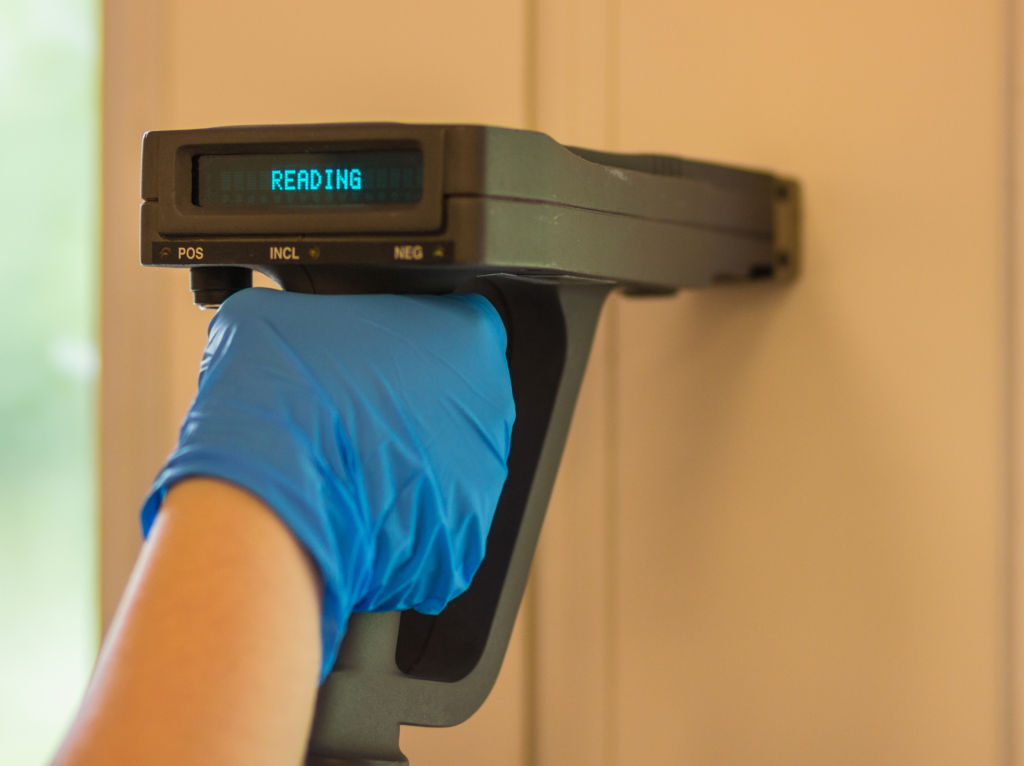Lead Paint Service

Overview:
Lead paint, commonly used in homes and buildings before 1978, contains lead, a toxic metal that can pose serious health risks. When lead paint deteriorates, it can chip, crack, or release dust that contaminates the environment. Exposure to lead paint is especially dangerous for children and pregnant women, potentially causing developmental issues, learning disabilities, and other severe health problems. Adults exposed to lead can experience high blood pressure, kidney damage, and cognitive issues. Identifying lead paint through professional testing is crucial for safely managing and mitigating risks, ensuring a healthy living or working space.
Quick Facts:
- Used in Homes Built Before 1978
- Contains Toxic Metal that Poses Health Risks
- Dangerous for Children and Pregnant Women
- Deteriorates into Chips, Dust, or Fumers
- Can Cause Development and Learning Issues
- Requires Professional Testing for Safe Identification
Common Questions:
Lead paint is dangerous because, as it deteriorates, it can release toxic dust and chips. Ingesting or inhaling these particles can lead to serious health problems, including developmental issues in children and organ damage in adults.
Homes built before 1978 are likely to have lead paint. The only way to confirm its presence is through professional lead testing, which can detect lead levels in paint, dust, and soil.
If lead paint is detected, do not attempt removal on your own. Hire certified professionals to safely manage and mitigate lead paint risks, ensuring compliance with safety regulations.
Get In Touch With Us
We’re Here to Answer Your Questions and Schedule Your Test

